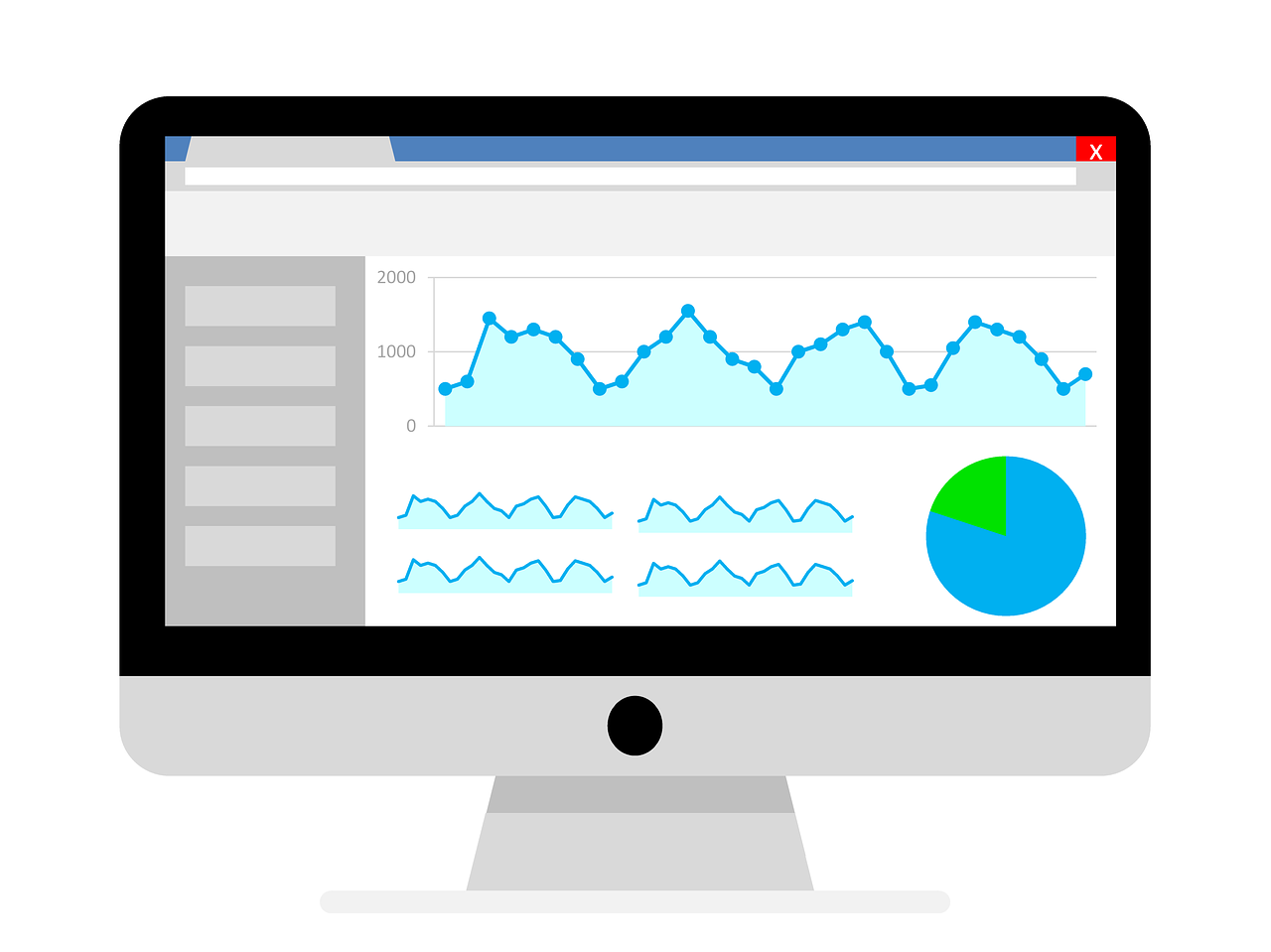In this blog post, we'll delve into the world of web skimming, how it exploits Google Analytics, and what you can do to safeguard your sensitive data while shopping online.
While you browse online stores adding items to your cart, unseen threats may lurk beneath the surface. Web skimming, a devious tactic employed by hackers, targets online shoppers by exploiting vulnerabilities in a website's Google Analytics implementation.
Table of Contents
How Does Web Skimming Work?
Traditionally, Google Analytics is a valuable tool for website owners to understand user behavior. It tracks metrics like page views, traffic sources, and user demographics, providing valuable insights into how customers interact with the website.
However, this very functionality can be turned against unsuspecting users by malicious actors. Hackers can inject malicious code into a website's codebase, often disguised as legitimate Google Analytics scripts. This rogue script lurks silently in the background, waiting for the opportune moment to strike.
When a customer reaches the checkout page and enters sensitive information like credit card details, billing address, and CVV code, the malicious script springs into action.
It can either directly steal this information and transmit it to the hacker's server or manipulate the legitimate Google Analytics code to funnel the stolen data through that channel. This makes it even trickier to detect, as the malicious activity appears to originate from a trusted source.
Why Target Google Analytics?
Google Analytics' ubiquity makes it a prime target for hackers. Because it's a legitimate and trusted service used by countless websites, malicious code can be cleverly disguised within the Google Analytics script.
This cloaking technique makes it challenging for security software to identify the threat, allowing the hackers' code to operate undetected for extended periods.
Furthermore, Google Analytics often has permission to access various parts of a website, including forms that handle sensitive payment information. This broad access gives hackers a potential backdoor to steal the very data they're after.
How to Protect Yourself from Web Skimming
Web skimmers are crafty, so a multi-layered defense is essential. Here's how to be a savvier online shopper:
Look for the padlock: Ensure the website uses HTTPS encryption, indicated by a padlock symbol in your browser's address bar. HTTPS scrambles data like credit card details and shipping information, making it unreadable to eavesdroppers, even if they manage to intercept it. Think of HTTPS as a suit of armor for your data.
Be wary of unfamiliar stores: Exercise caution while exploring new online stores, which can be exciting. Research the store's reputation before finalizing your purchase. Look for customer reviews on independent websites and check if the store is on trusted social media platforms. A legitimate store typically has a well-designed website with clear contact information and a detailed return policy.
Consider using virtual credit cards: Some banks offer virtual credit cards for online shopping. These temporary card numbers are linked to your main account but have unique details. Even if a hacker steals the virtual card information, they won't be able to access your primary account funds. Consider virtual credit cards as disposable accounts for online transactions, adding an extra layer of security.
Stay updated: Don't underestimate the power of keeping your software up-to-date. Make it a habit to update your web browser and operating system regularly. These updates often include security patches that fix vulnerabilities hackers might exploit. Think of updates as security shields, constantly strengthening to deflect new threats.
Be cautious of unsolicited emails or calls: Phishing attempts are a standard tactic hackers use to steal personal information. If you receive an email or call supposedly from a store you recently purchased from but weren't expecting contact, don't click on any links or reply with sensitive information. Instead, log in to the store's website (not through any links provided) to verify its authenticity.
By following these steps, you can significantly reduce your risk of falling victim to web skimming and ensure a safer online shopping experience. Remember, a little extra vigilance goes a long way in protecting your hard-earned money and personal information.
The Role of Web Stores
The responsibility for securing customer data lies heavily with web store owners. Here's what stores can do:
- Regular security audits: Conduct regular security audits, focusing not just on Google Analytics but their entire website infrastructure. Qualified security professionals should perform these audits to ensure a thorough examination of vulnerabilities.
- Encryption: Enforce HTTPS encryption on their website, not just the checkout pages. This ensures all data transmitted between the website and the user's browser is encrypted.
- Payment gateways: Partner with reputable payment processors with robust security measures, including fraud detection and tokenization of sensitive data. Tokenization replaces actual credit card details with a unique identifier, reducing the risk of stolen information.
- Stay informed: Web store owners should stay updated on the latest web skimming tactics and implement security measures accordingly. This can involve subscribing to security advisories and attending industry webinars.
- Transparency: Communicate their security practices to customers. This builds trust and reassures shoppers that their data is protected.
Bottom Line
By working together, online shoppers and store owners can combat web skimming and create a safer online shopping environment.
If you suspect a website might be compromised, report it to the authorities and avoid entering sensitive information. Remember, vigilance is vital in protecting yourself from online threats.
INTERESTING POSTS
About the Author:
John Raymond is a cybersecurity content writer, with over 5 years of experience in the technology industry. He is passionate about staying up-to-date with the latest trends and developments in the field of cybersecurity, and is an avid researcher and writer. He has written numerous articles on topics of cybersecurity, privacy, and digital security, and is committed to providing valuable and helpful information to the public.
Christian Schmitz is a professional journalist and editor at SecureBlitz.com. He has a keen eye for the ever-changing cybersecurity industry and is passionate about spreading awareness of the industry's latest trends. Before joining SecureBlitz, Christian worked as a journalist for a local community newspaper in Nuremberg. Through his years of experience, Christian has developed a sharp eye for detail, an acute understanding of the cybersecurity industry, and an unwavering commitment to delivering accurate and up-to-date information.









